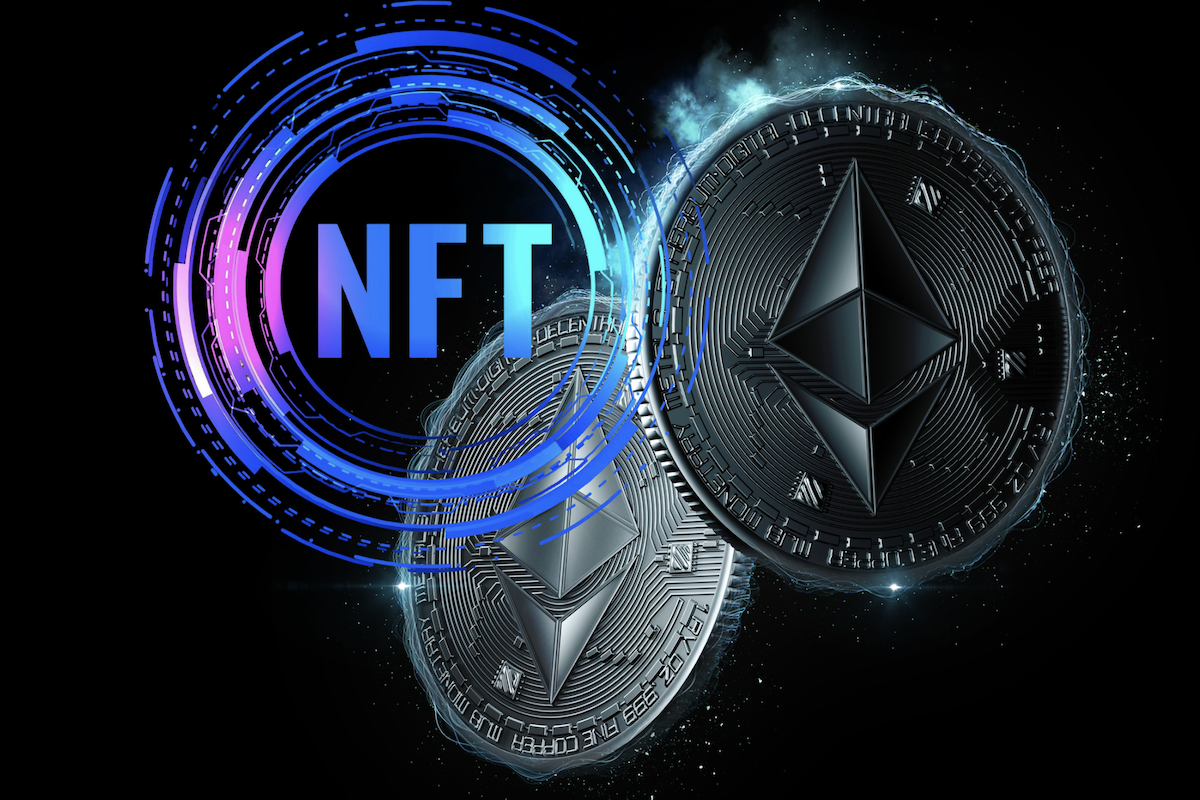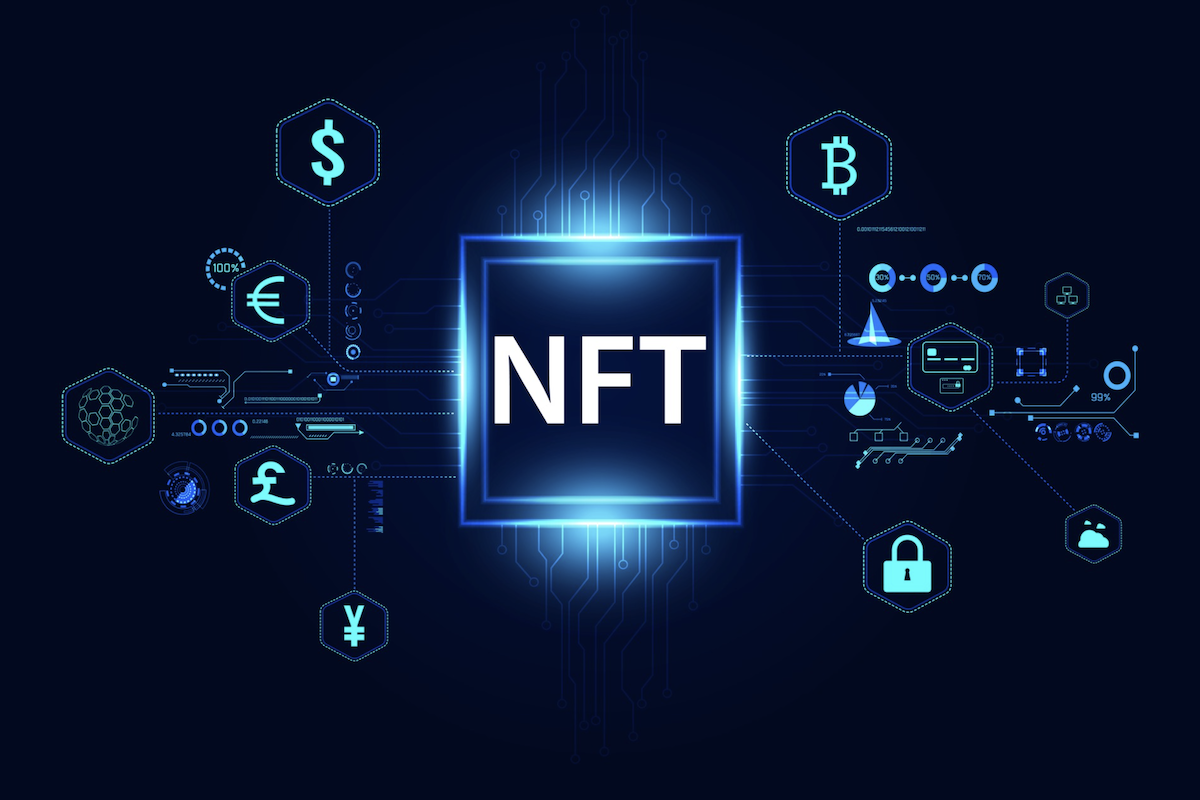The Rise of SocialFi: How Its Changing the Landscape of Social Media
Get ready for the future of social media with SocialFi. Discover how decentralized finance is changing the game and empowering users and creators.

Imagine scrolling through your feed where every like, share, and comment earns you digital currency. Welcome to the world of SocialFi, where social media meets finance to redefine user engagement. The emergence of decentralized finance (DeFi) is turning the tables on traditional social media structures, giving users and creators more control and profits.
This article explores the entry of SocialFi into our social networks, the empowerment of content creators through social tokens, and the innovative structuring of digital communities as autonomous organizations.

Decentralized Finance and Its Impact on Social Media
Decentralized finance (DeFi) has begun to weave its transformative threads through the fabric of social media, birthing the phenomenon known as SocialFi. This innovative amalgamation extends the ethos of DeFi to the domain of social networks, allowing users to exert control and leverage economic gains from their online presence.
The catalyst to this integration lies in the promise of blockchain technology, which underpins both sectors with its facility for transparent, secure, and immutable transactions. By intertwining social interactions with digital ownership and autonomous, smart contract-based systems, SocialFi is painting a new vision of social media platforms that places content creators at the helm of their economic models.
Explaining decentralized finance (DeFi)
Decentralized finance, commonly referred to as DeFi, is an umbrella term for a variety of financial services that operate on a blockchain network, sidestepping the traditional centralized institutions like banks. Central to DeFi is the notion of creating an open-source, permissionless, and transparent financial service ecosystem. It hosts activities spanning lending, borrowing, trading, and earning interest - all without the mediation of a central authority.
The mechanisms of DeFi are underpinned by smart contracts - self-executing contracts with the terms of the agreement directly written into code, thus ensuring trust and efficiency between parties. At its core, DeFi's mission is to democratize finance, providing access to a wider range of financial tools and empowering users to engage in economic activity autonomously.
Socialfi Examples
A burgeoning number of social media networks are sprouting within the DeFi landscape, each distinct in function but unified in their aim to empower content creators and consumers alike. Platforms such as Friendtech have pioneered the SocialFi space by creating chatrooms with access controlled by blockchain-based keys, directly linking the social media experience to Twitter accounts.
This model invites a high level of user engagement, as participants navigate an ecosystem where content, interactions, and ownership are facilitated through non-fungible tokens (NFTs) and social tokens.
Theta Network is a blockchain-powered video delivery network that aims to revolutionize the traditional video streaming industry. It uses a decentralized infrastructure where users contribute their bandwidth and resources to relay video streams, reducing the reliance on centralized content delivery networks (CDNs). Theta Network rewards users with its native cryptocurrency, Theta Fuel (TFUEL), for their contributions. Learn about Theta Network here.
Farcaster is a decentralized social network protocol on the Ethereum blockchain, ensuring user autonomy and data security. Users fully control their data, enhancing privacy. As an open-source platform, it encourages developers to create diverse social media applications. Farcaster supports interoperability for seamless content sharing across platforms and is community-driven, with active user and developer participation in its development and governance.

Content Creators and the Power of Social Tokens
In the wake of the SocialFi movement, a revolutionary change is sweeping across the social media domain, fundamentally altering how creators interact with their audience and monetize their work. The driving force behind this seismic shift? Social tokens.
These digital assets grant content creators the liberty to monetize their artistry directly, sans the traditional gatekeepers, fostering a virtuous cycle of direct revenue generation. By crafting personalized tokens, creators ignite a wealth of opportunities for revenue streams that are not only more sustainable but also more attuned to the authenticity the digital age demands.
Social Tokens and Their Benefits for Content Creators
Social tokens are the linchpins of SocialFi, enabling creators to establish revenue avenues directly from their creative outputs. These digital assets serve more than a monetary purpose; they are instruments of community building, allowing creators to incentivize and foster an engaged audience.
Social tokens empower creators to conceive their own personalized economies, amplifying their brand and the loyalty of their follower base. With this paradigm, creators and audiences are not just participants in the social ecosystem but active stakeholders in a marketplace of ideas and interactions.
Social Networks and the Emergence of Autonomous Organizations
Social networks have undergone a transformation in the digital age—evolving from basic platforms for connection to sophisticated ecosystems that afford myriad ways to communicate, collaborate, and create.
The advent of SocialFi, or social finance, marks a pivotal milestone in this evolution, integrating decentralized finance (DeFi) within social media landscapes. This blend not only provides a fertile ground for social interactions but also ushers in the emergence of decentralized autonomous organizations (DAOs).
DAOs are innovative governance structures that operate on principles of decentralization and collective decision-making. By distributing authority among token holders, DAOs provide a platform where governance is not dictated by a central body but shaped by a democratic process involving all stakeholders.
In the context of SocialFi, DAOs apply this model to social networks, offering the following features:
- Governance Tokens: These tokens grant holders the right to vote on significant decisions, therefore, influencing the direction of the platform.
- On-chain Governance: All proposals and decisions are recorded transparently on the blockchain, ensuring an immutable governance record.
- Shared Control: Since control is dispersed across the network, DAOs ensure that no single player can dominate decision-making.
Final Thoughts
Despite the potential for a more democratized social ecosystem, SocialFi platforms must navigate the complexities of scalability in a decentralized context and the long-term viability of their economic models. As these platforms evolve, they could potentially reshape our online presence and social interactions to favor user engagement and high-quality content, supported by innovative financial models based on social tokens, native tokens, and token rewards. The success of SocialFi could ultimately lead to a new era of digital ownership and autonomy for content creators and social media users worldwide.





